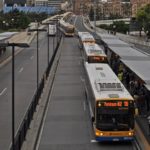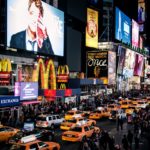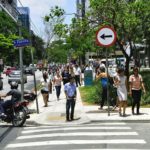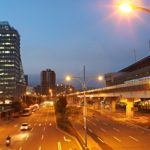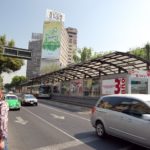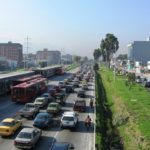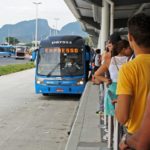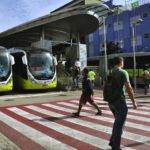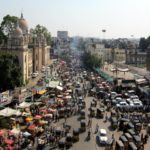Search Results for 'TRB'
The world’s great public transit systems: Tokyo’s Metro, London’s Tube, Hong Kong’s MTR…and Mexico City’s bus rapid transit corridors? Trains are often seen as the pinnacle of modern urban transport infrastructure. They’re green and efficient, supported by permanent, complex track ...

“Toward Car-Free Cities,” a blog series by WRI Ross Center for Sustainable Cities’ Urban Mobility Team, explores the challenges and opportunities for Transport Demand Management (TDM) strategies. TDM focuses on reducing the demand for private vehicles through combining public policy ...

“Toward Car-Free Cities,” a blog series by WRI Ross Center for Sustainable Cities’ Urban Mobility Team, explores the challenges and opportunities for Transport Demand Management (TDM) strategies. TDM focuses on reducing the demand for private vehicles through combining public policy ...

The Transportation Research Board (TRB) 96th Annual Meeting will be held in Washington D.C. on January 7-12. The meeting program will cover all modes of transportation, with more than 5,000 presentations in over 800 sessions and workshops, addressing topics of interest ...

At a training session at the World Bank in Washington, DC two years ago, Dr. Kavi Bhalla from the Johns Hopkins Bloomberg School of Public Health asked attendees to look down at the palms of their hands. The meeting included ...

Lighting represents about 15 percent of global power consumption and 5 percent of worldwide greenhouse gas (GHG) emissions. Street lighting alone represents about 3 percent of world electricity consumption. Extensive programs that replace obsolete street lighting systems—incandescent, mercury vapor, and ...

The Transportation Research Board (TRB) 95th Annual Meeting will be held January 10–14, 2016, at the Walter E. Washington Convention Center, in Washington, D.C. The information-packed program is expected to attract more than 12,000 transportation professionals from around the world. ...

The COP21 United Nations Conference on Climate Change takes place in Paris from November 30 to December 11. Several organizations have formed the Paris Process on Mobility and Climate to highlight the role that transportation policy reforms can play in achieving emission reduction targets. Its theme ...

Bus rapid transit (BRT) and Bus of High Level of Service (BHLS) have been implemented in 197 cities around the world, with corridors extending a total of 5,000 km and carrying 32 million passengers per day. Furthermore, as cities continue ...

In Brazil, commutes make up about half of all daily trips. Because the majority of the commutes occur at peak hours, Brazil’s major cities are facing intense congestion, particularly during rush hours. For example, in the metropolitan areas of São ...

Traffic crashes claim more than 1.2 million each year, and will be the world’s fifth-largest cause of death by 2030 unless we improve road safety. The impact of these crashes falls disproportionally on cities in the developing world, with 90 ...

Editor’s note April 14, 2015: This article was updated to include a reference to the Bus Rapid Transit Centre of Excellence. The world has never been more urban than it is now, and this trend isn’t expected to slow down ...

A century of car-centric urban development has left our cities polluted, congested, and searching for sustainable solutions. Transport Demand Management (TDM) strategies can provide these solutions by combining public policy and private sector innovation to reverse over-reliance on private cars. ...

In many parts of the world, the bus is suffering from a public image crisis. According to a report by the US Federal Transit Administration, many people already look down on public transport in general, and the bus in particular ...

Men and women use public transport in different ways because of their distinct social roles and economic activities. Since women’s reasons for traveling generally differ from men’s, the purpose, frequency, and distance of their trips are also different. Additionally, safety ...











